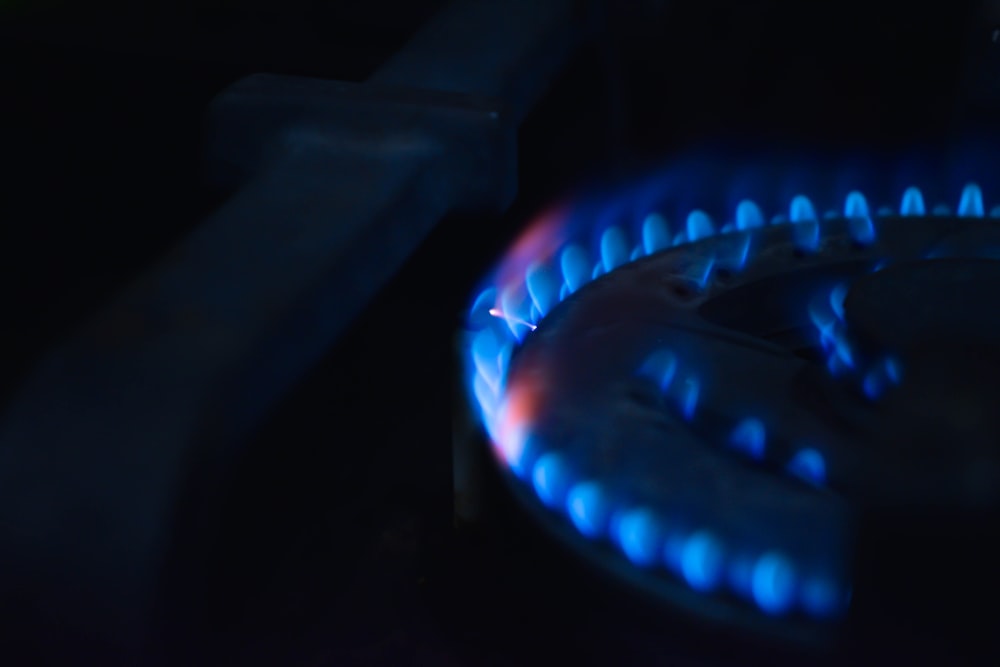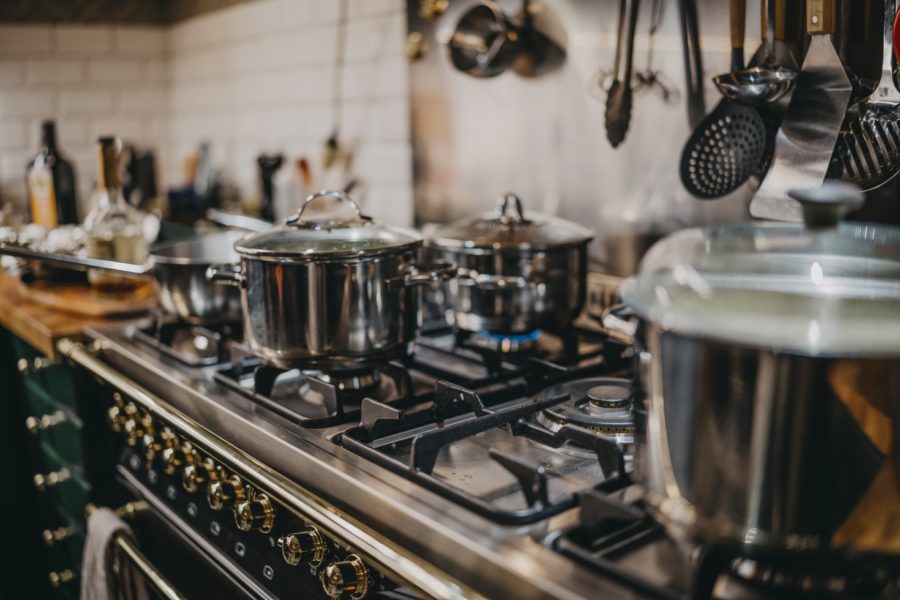Your Gas Stove is Bad for You (And Terrible for the Environment)-
Even when gas stoves aren’t running, they annually release about 2.6 million tons of methane according to a new study.
The following written content by Ashley Stimpson
Heads up to the 40 million American households with gas stoves: your appliance is constantly leaking methane, a potent greenhouse gas, even when it’s turned off.

That’s according to a new study published late last month in Environmental Science & Technology. Researchers from Stanford University found that even when gas stoves aren’t running, they release 2.6 million tons of methane into the air each year, a figure on par with the amount of greenhouse gas that 500,000 cars release annually.
Beyond contributing to global warming, the study also found that gas ranges emit unhealthy levels of nitrogen oxide, a gas the Environmental Protection Agency (EPA) says can trigger breathing problems for people with asthma or chronic obstructive pulmonary disease, even in low concentrations (which the World Health Organization defines as 13 parts per billion over 24 hours).
While natural gas leaks from wells, plants, and pipes have been studied extensively, relatively little research has been done on leaks inside the home. “It’s probably the part of natural gas emissions we understand the least about, and it can have a big impact on both climate and indoor air quality,” Eric Lebel, lead author of the new study, says in a Stanford press release. Lebel is a senior scientist at PSE Energy, a nonprofit based in Oakland, California.
Lebel and his fellow researchers spent time in 53 homes (mostly rentals and Airbnb’s), sealing off the kitchens with plastic sheets and measuring the methane and nitrogen oxide that the stoves released. The team took measurements while the appliances were turned on and while they were turned off, something previous studies had not done. The stoves ran the gamut from three to 30 years old and represented 18 different brands, including major names like GE, Whirlpool, and Frigidaire.
The leakiest stoves were the ones that utilized a pilot light—a small, constant flame used as an ignition source for gas-powered appliances. Most newer ranges have done away with pilot lights because they waste gas; instead, they use a built-in electric sparker that, when gas is added, creates a flame. Read more from Popular Mechanics.
Subscribe here






